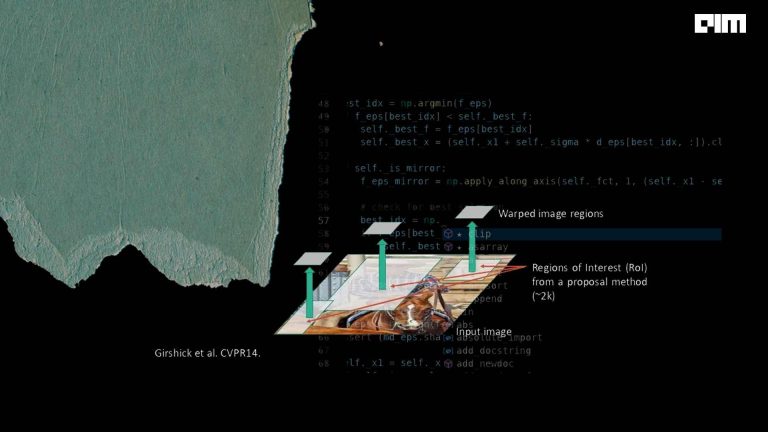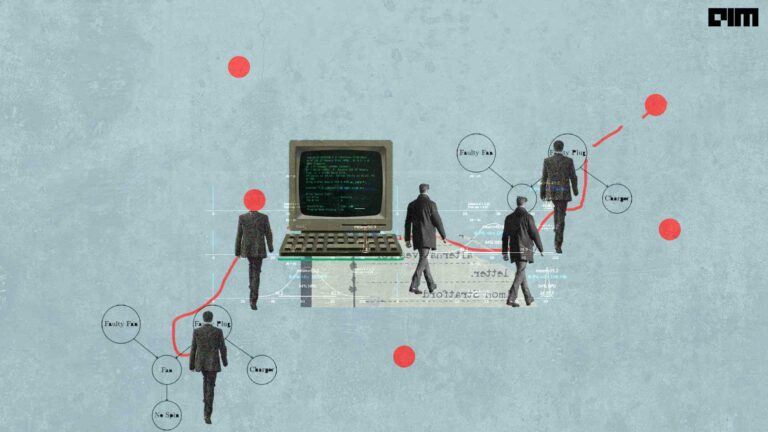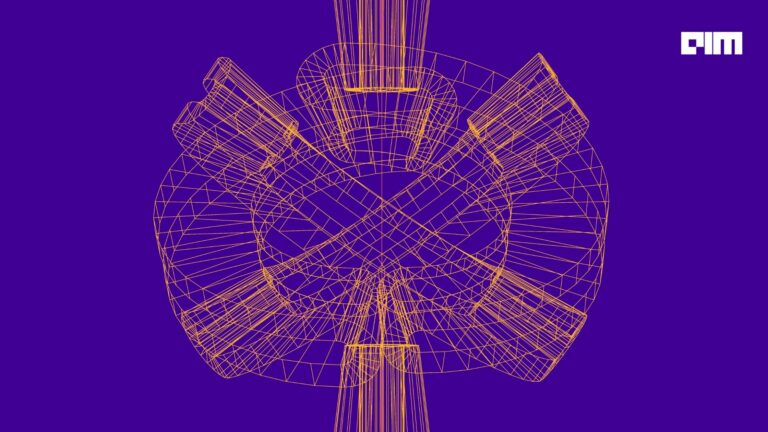Bayesian networks, since the first breakthrough in the 1980s have been largely used for many real-world applications. It was introduced as formalism for representing and reasoning with models of problems involving uncertainty, with probability theory as a basic framework.
The application of Bayesian networks in the medical industry began in the early 1990’s and even today, researchers are exploring the possibilities of its use in medical.
Bayesian Networks In Healthcare
Bayesian networks can handle a variety of decision making tasks in medical. Because of their ability to be able to compute any probabilistic statement, they can be deployed in the diagnosis and prediction and treatment. A reason why Bayesian networks are best suited for the healthcare field is that they can with capture uncertainty well. For example, BNs can effectively handle the uncertainty involved in establishing the diagnosis of diseases and find the best treatment alternatives, and predicting treatment outcomes.
1.Prediction
BNs are used for predicting the possible causative organisms and also for the selection of optimal antibiotic therapy. For the purpose of prediction, the temporal knowledge incorporated in the network mode of VAP is of major importance. Selection of treatment is nothing but selecting the appropriate antibiotic combination that yields a favourable result. BNs have been used for the deployment in medical diagnostic systems. The networks are used to predict the likelihood of different causes given the already observed symptoms. BN structure learning is used to predict different types of biological networks from the data input to it, where the qualitative structure of the learned network is the main output because it maps well to the biochemical pathways and networks.
A doctor can enter the detected symptoms into the program and the program then takes the inputs and computes the probabilities of a variety of diseases based on the input symptoms. Doctors simulate these probabilities and follow this process in their jobs, to make this job automated using BNs. BNs can also be used to help in cases where the quantitative estimates and statistics are incomplete or not completely accurate, to provide estimates while dealing with the inaccurate data. It can be used in the case of incomplete data when the available data is not complete for prediction.
To assist with predicting, BNs are equipped with a test-selection method that serves to indicate which tests had best been ordered to decrease the uncertainty about the disease. The method is carried out in a sequential manner. An example measure often used for this purpose is the Shannon entropy. The measure can be extended to include information about the costs involved in performing a specific test and about the side effects it can have. The method then suggests a test to be performed and awaits the user’s input; after taking the test’s result into account, the method suggests a subsequent test, and so on.
Such a measure is defined on a probability distribution over a disease variable and expresses the expected amount of information required to establish the value of this variable with certainty.
2.Treatment selection:
BN allows only for probabilistic reasoning, establishing a diagnosis for a specific patient and in making a prediction of the effects of the treatment. To come up with the most appropriate treatment for a particular case, involves reasoning about the treatment alternatives and thereby the effects to be expected from different alternatives have to be considered. To provide a solution for selecting the correct treatment, the network is embedded in a decision-support system that offers the necessary constructs from decision theory to select a treatment, based on the predictions.
3.Bioinformatics:
There is growing research in BN usage in bioinformatics to know the molecular mechanisms at the cellular level. Researchers are involved with finding interactions between genes based on experimentally obtained expression data in microarrays. Data collected over time can be used to analyse regular patterns and know about how variables interact as a function of time. Such time series of datasets can be easily worked out with BNs.



















































































